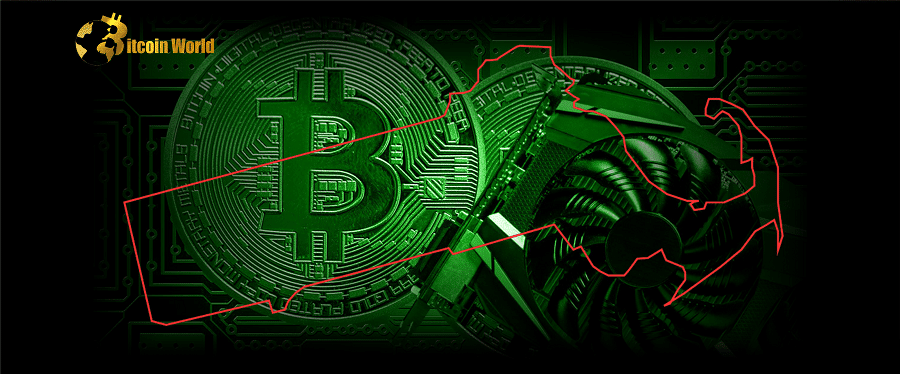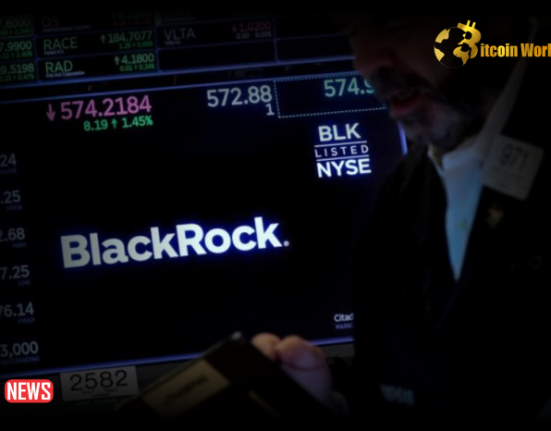According to a report that was published by the Washington Post on February 23rd, a guy from Massachusetts is facing charges after mining cryptocurrency in the crawl space of a school.
According to that article, Nadeam Nahas, a municipal employee who works in Cohasset, Massachusetts, was scheduled to be arraigned today for fraudulently using energy and committing vandalism. When he did not show up in court, the judge issued a default warrant for his arrest, which gave the police the authority to take him into custody.
The director of facilities for the municipality, who is not identified in the article, made the discovery of computers and other equipment hidden in a school crawl space in December 2021 and thereafter informed the authorities of his finding. A further investigation by the director of information technology for the municipality revealed that the configuration in question was a cryptocurrency mining network connected to the electrical infrastructure of the school.
The town’s assistant facilities director, Nahas, was found to be the person responsible for the crime. It was stated that he handed in his resignation sometime in the early part of 2022.
In the initial version of this article, it was not specified which cryptocurrency Nahas mined. On the other hand, Bitcoin is often mined through a combination of legal and illegal mining operations.
Since the costs of electricity significantly outweigh the earnings of Bitcoin mining, illegal cryptocurrency mining operations are extremely widespread. According to Visual Capitalist, the cost of mining a single Bitcoin in 2017 was $35,404, which was greater than the value of a Bitcoin at that point in time. Those that mine illegally can boost their earnings by using a location that already covers the cost of the electricity they use.
According to the Russian business web TA Advisor, there have been dozens of occurrences of unlawful mining since 2017. A number of public institutions, including schools of higher education, mental hospitals, government buildings, and airports, have all been used by criminals as mining operations for cryptocurrencies.
Although the majority of these incidents involve unlawful connections to sources of electricity, some of them include the outright theft of mining equipment as well as other crimes connected to the mining industry.














